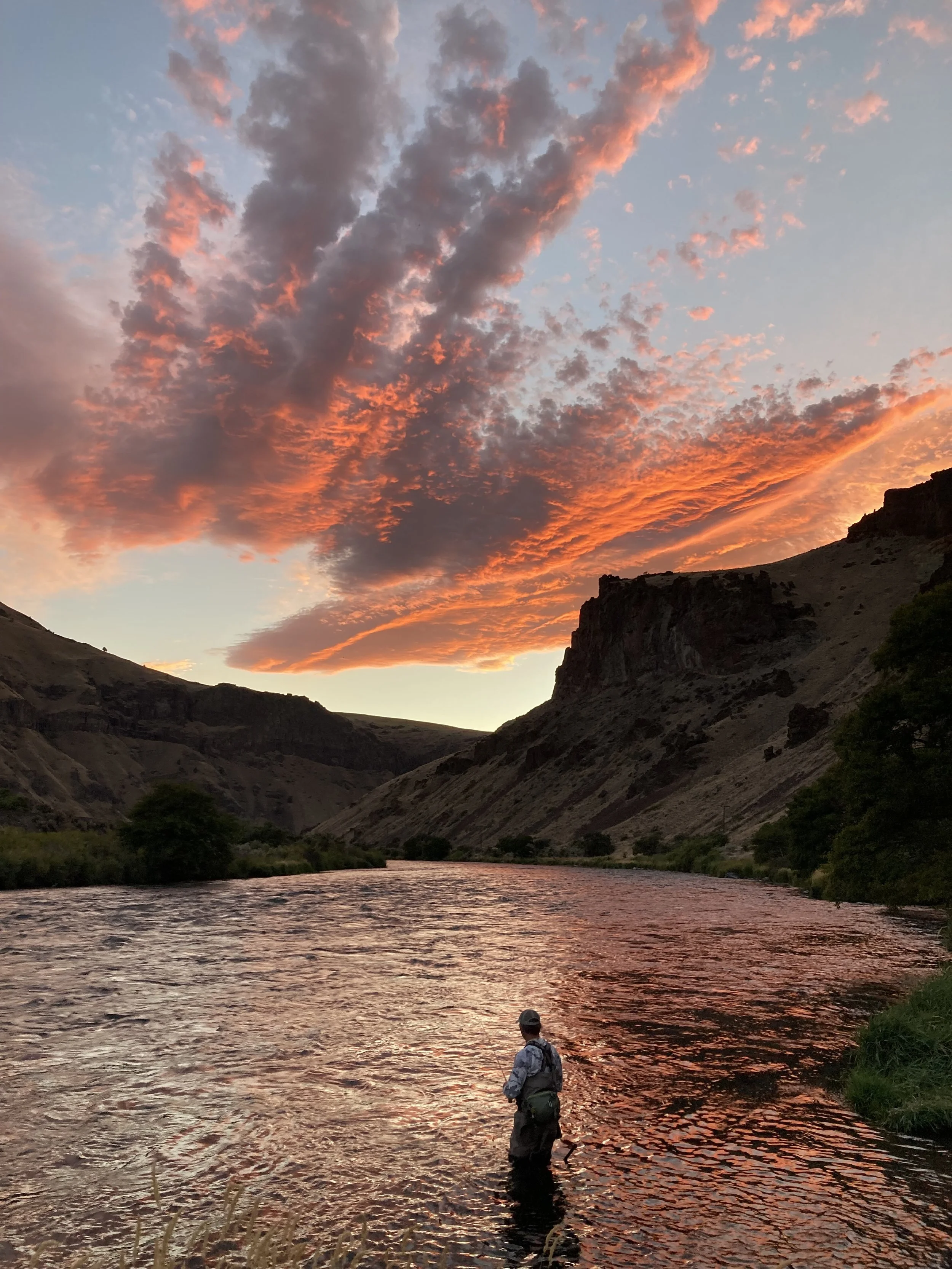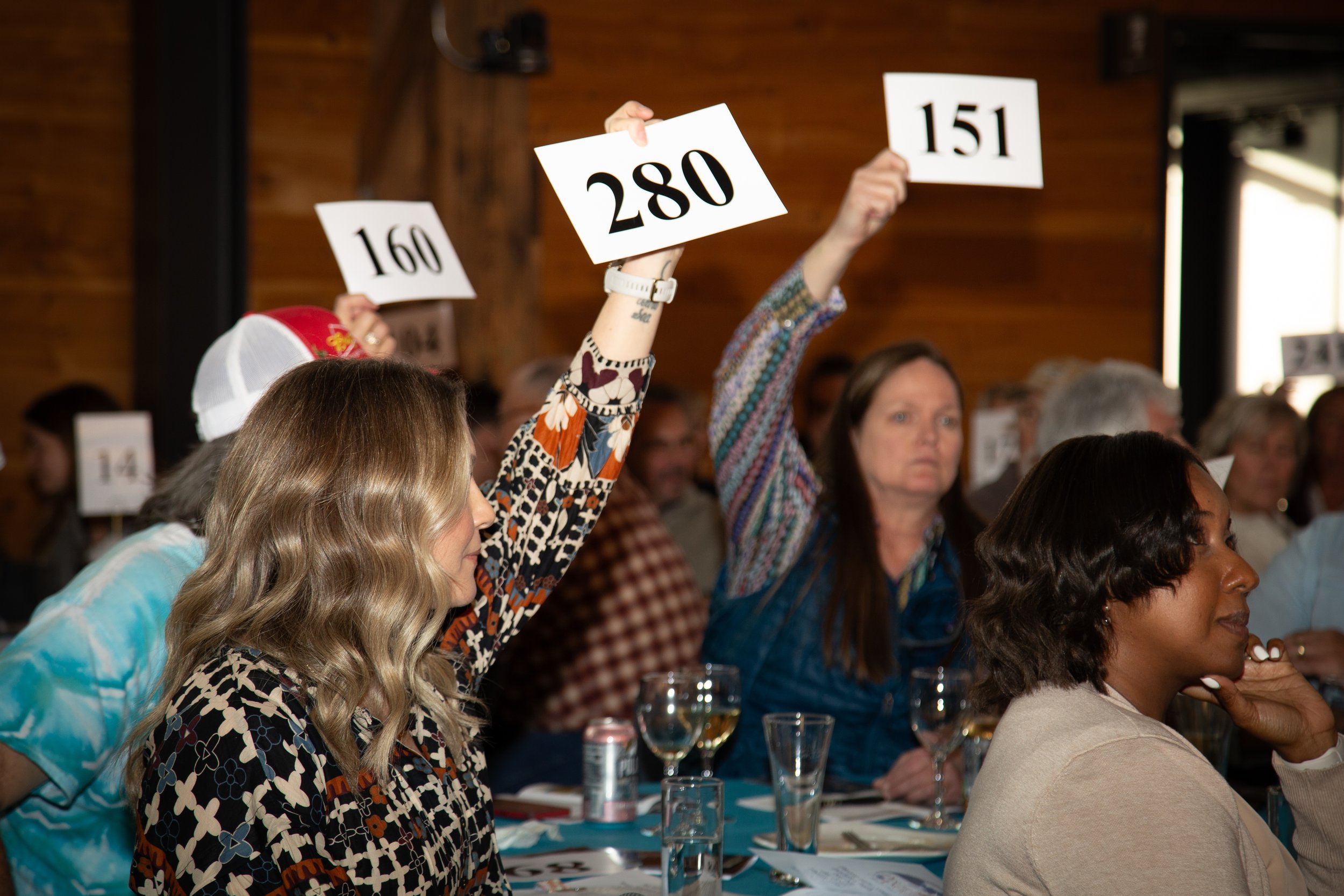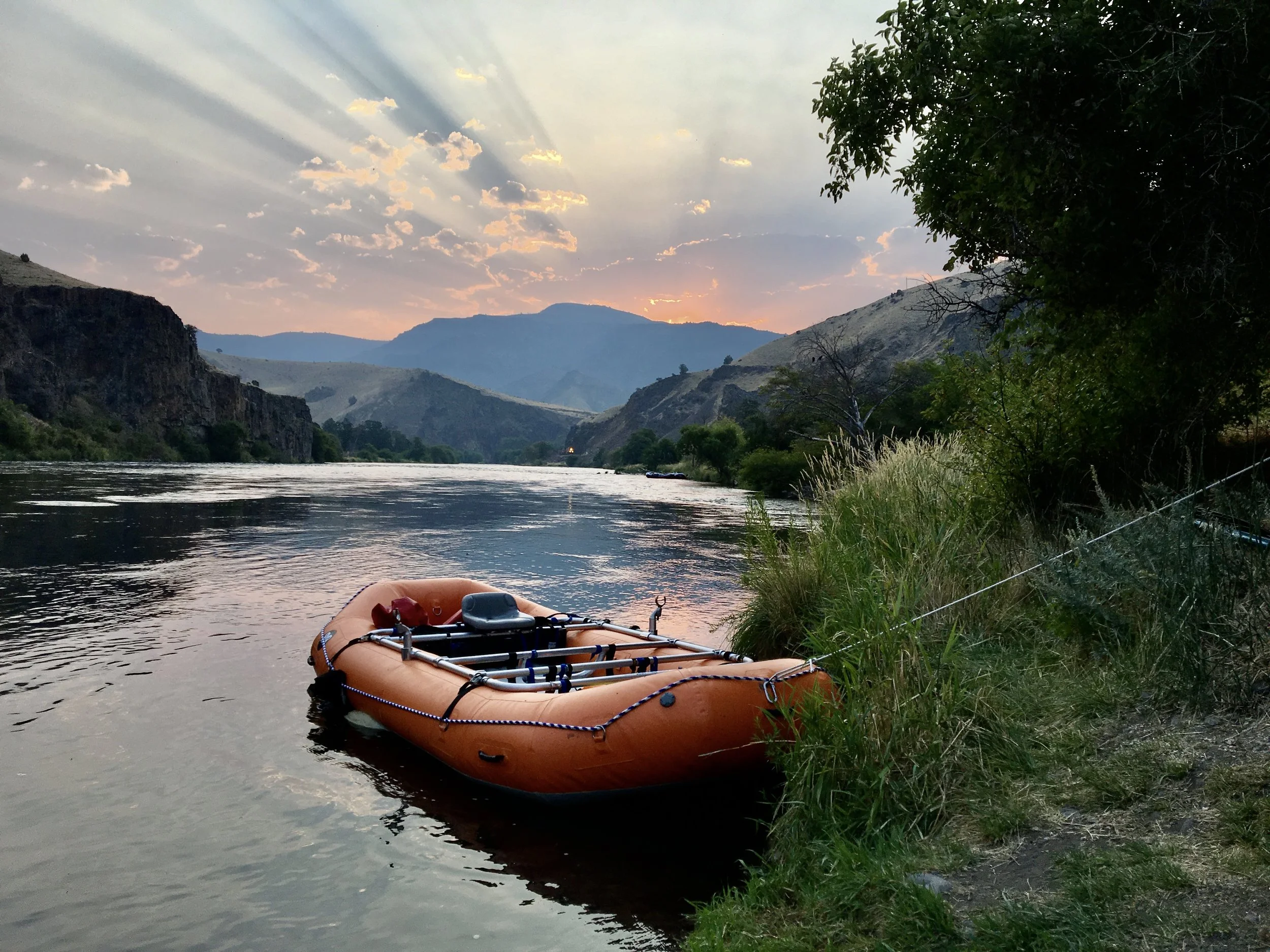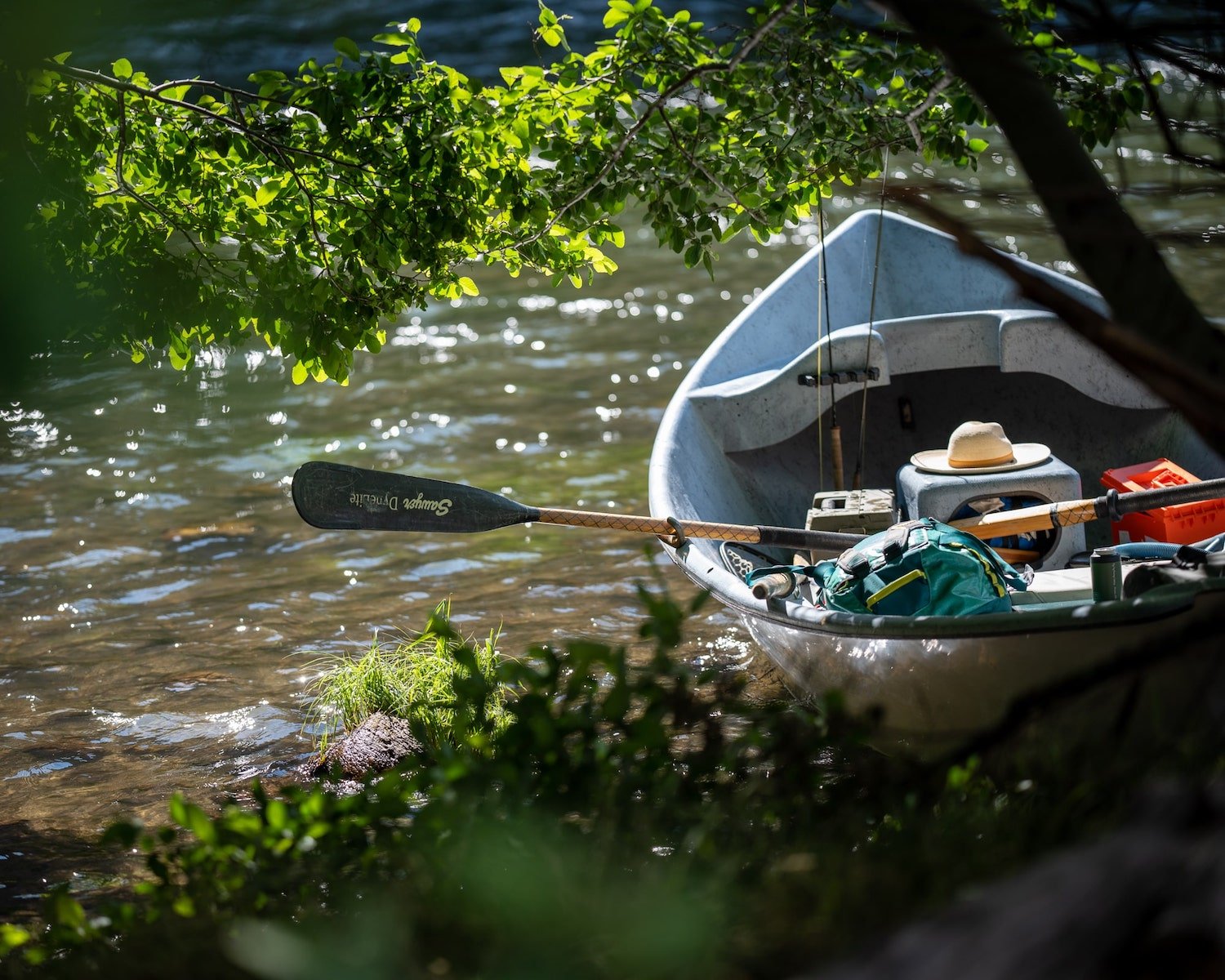Macroinvertebrate Studies Update
Our Work is Science-Based, Data-Driven
The DRA has continued its studies of the aquatic insects in the lower Deschutes River, something no one else is monitoring including PGE, state or federal agencies, or any other NGO.
Samples have been collected at two sites (1 - just above the Warm Springs boat ramp; and 2 - Kaskela) in June 2021, May and October in 2022 and October in 2023. In October 2023 we also added an additional sampling site just below Maupin.
The field sampling and lab methods used are consistent with DEQ and EPA approved protocols. Lab results from the 2023 sampling have yet to be compiled, but when they are available we will be releasing a comprehensive report of all data we have collected since 2015. A previous report of this work is available in our 2015/2016 Benthic Invertebrate Report.
The health and condition of the aquatic invertebrates is important for several reasons:
They form the bottom of the food chain for all fish in the lower Deschutes.
They are a critical part of the food chain for terrestrial life including many species of birds like swallows, nighthawks, and songbirds, as well as bats and other animals that live along the river.
They are sensitive indicators of water quality and are the primary community sampled to determine if aquatic life is adequately protected under Oregon’s Biocriteria water quality standard.
They are the dominant component in the diet of rainbow trout and imitating them with appropriate fly patterns is the primary tool fly fishers use to catch trout.
Signs are not good for Aquatic Life
PGE has argued that current water management at the SWW Tower has been good for aquatic life in the lower Deschutes River. Nothing in the results we have collected supports this claim. Results to date show:
A decline in mayflies sensitive to poor water quality. For example, Mahogany Duns (Paraleptophlebia sp.) and Pale Evening Duns (Heptagenia sp.) have declined substantially since tower operations began.
Stoneflies also show a general decline. Yellow sallies (Isoperla sp.) have notably declined, and even salmonflies (Pteronarcys californica) and golden stoneflies (Hesperoperla pacifica) appear less abundant.
Caddisflies continue to be one of the more common aquatic insects seen flying along the river, but since tower operations began they no longer occur in the truly dense swarms once common throughout the summer.
At the same time an overall increase in pollution-tolerant taxa such as worms and snails has been widespread.
An overall shift in aquatic insect life cycles have pushed the majority of what mayfly, stonefly and caddisfly adult activity there is into a short period of time from mid-April to mid-June.
Finally, snails that provide the intermediate hosts for the parasite causing black-spot disease in rainbow trout and the polychaete worm, which is the intermediate host for Ceratanova shasta a serious and often lethal pathogen of Chinook salmon, have shown large increases.
More From The Blog
Subscribe the the DRA Newsletter
The Deschutes River Alliance is your focused voice to protect the lower Deschutes River, its cold water flows and the fish and wildlife that are sustained by them. We send regular emails with important data and news about the lower Deschutes River. We will not sell or loan your contact information to others.
How to Support the DRA
Everyone wants clean, healthy water in the Deschutes River. Oregonians cherish our clean and healthy waterways to provide drinking water, wildlife habitat and recreational activities. The lower Deschutes River is a federally designated Wild & Scenic River, and a national treasure. It must be protected for the environmental and economic health of Central Oregon. We believe by working together we can return the lower Deschutes River to full health.






















